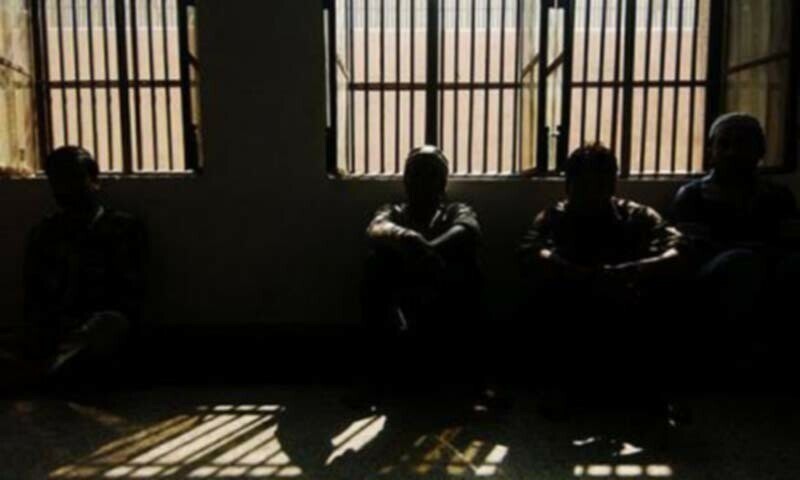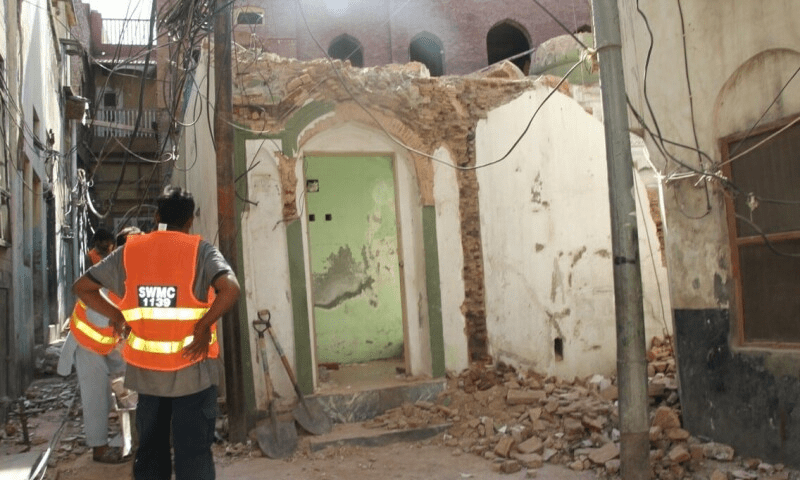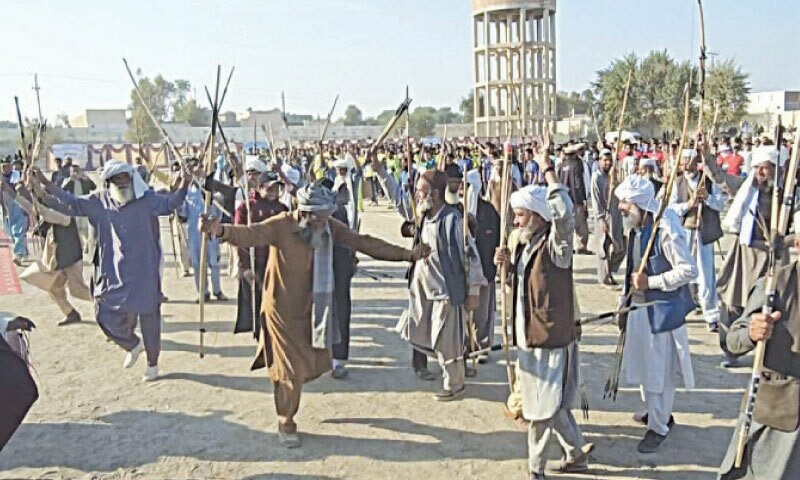KARACHI: Pakistan’s prisons are housing 152 per cent of their authorised capacity, while three-quarters of the total inmates are either awaiting or undergoing trial, according to a report.
The report, titled Pakistan’s Prison Landscape: Trends, Data, and Developments in 2024, highlighted that inmates face numerous challenges, including overcrowding, unhygienic living conditions, insufficient access to clean water, nutritious food, and healthcare, exploitative labour practices, limited contact with family and legal counsel, and a lack of an effective complaint mechanism.
It also pointed out that the over-incarceration of individuals for drug-related offences further exacerbates the issue.
The report, released by the National Commission for Human Rights (NCHR), the National Academy of Prison Administration, and Justice Project Pakistan, expresses concern over the slight rise in the number of death row prisoners, which increased to 3,646 in 2024 compared to 3,604 last year.
Pakistan’s Prison Landscape details prisoners’ numerous challenges such as unhygienic conditions, lack of clean water & nutritious food, exploitative labour practices, limited contact with family & counsel
The report recommended comprehensive judicial reforms and the adoption of alternative sentencing measures. It also stressed the need to align the Pakistan Prison Rules with international standards to address the deep-rooted prison crisis.
Overcrowding
According to the report, the total number of inmates across the country’s four provinces is 102,026, housed in 128 operational facilities, including those in AJK and GB. It said that the nationwide overcrowding rate stood at 152.2pc, with some prisons operating at 200 to 300pc of their official capacity.
Data showed that the total number of prisoners increased by 29pc over 24 years, rising from 78,938 in year 2000 to 102,026 in year 2024. For female inmates, the data showed an increase of 11.43pc over six years, from 2018 to last year.
Meanwhile, over 1,580 juvenile prisoners are currently imprisoned in jails across the country, with female juvenile prisoners making up only 0.7pc of the total juvenile inmate population.
As of April, 2024, over 1,100 foreign prisoners are in the country’s jails, with the highest number being Afghan nationals, followed by Indians, Bengalis and Nigerians.
The report said that the Karachi Central Prison housed 8,518 inmates despite having an official capacity of just 2,400, operating at an alarming 354.92pc of its capacity — more than three times its intended limit.
The report mentioned special facilities for women and juvenile inmates, out of four prisons for women, three are located in Sindh — Karachi, Hyderabad, and Sukkur — while Punjab has only one prison for women. Otherwise, women are housed in separate barracks within male prisons.
Additionally, for juvenile prisoners, out of five such facilities, three are in Sindh and two in Punjab.
Operating capacity
Regarding the operating capacity of prisons across the four provinces, the report noted Punjab has the highest operating capacity with 173.6pc, Sindh 161.41pc, Balochistan 115.60 and Khyber Pakhtunkhwa 102.50pc.
The report noted that this is an alarming situation for under-trial prisons (UTPs) caused by an ineffective bail mechanism, a prolonged judicial process, and an overreliance on custodial measures as the total number of UTPs stood at 74,918, making up 73.41pc of the total prison population, which has increased significantly by 8pc over the past eight years.
It suggested that to address the issue of overcrowding, the country needs to adopt non-custodial sentencing options for minor offences and operationalisation of parole and probation system.
“Community-based alternative sentencing, such as community service, should be prioritised as a rehabilitative approach. Additionally, persons with psychosocial disabilities should be diverted to mental health facilities,” the report recommended, adding that individuals charged with drug-related offences should receive treatment rather than incarceration.
Increase in death row prisoners
According to the report, 516 executions were carried out between 2014 and 2019, while there have been no executions in the country since December 2019.
However, during this period, the number of individuals on death row initially decreased but is now rising again as 3,604 inmates were sentenced to death in 2023, while in 2024, the number has risen to 3,646, showing an apparent increase.
The data revealed that 13pc increase in death row population across the country over the last three years (from 2022 to 2024), while Sindh and Balochistan have reported no female inmates on death row since 2022.
However, in Sindh alone, at least three death sentences for drug-related crimes were handed down in 2024, the report said.
The report noted that the special bench of the Supreme Court led by Justice Asif Saeed Khosa in 2014 cleared pending criminal cases, which led to a decrease in the death row population from 7,164 in 2012 to its lowest point of 2,976 in 2020.
Published in Dawn, January 18th, 2025





Leave a Reply